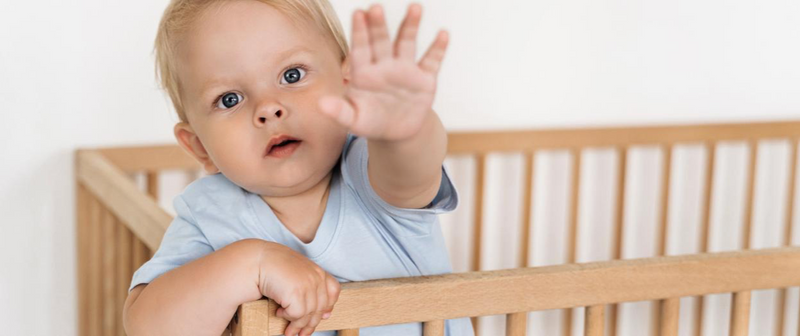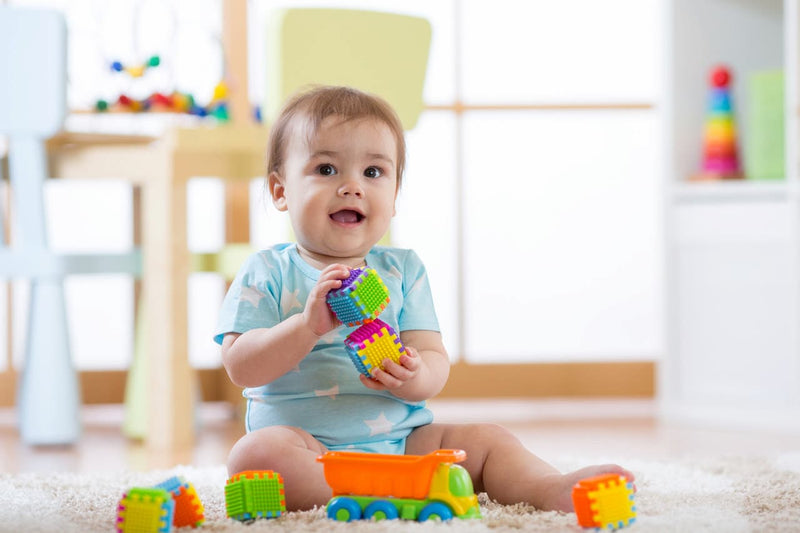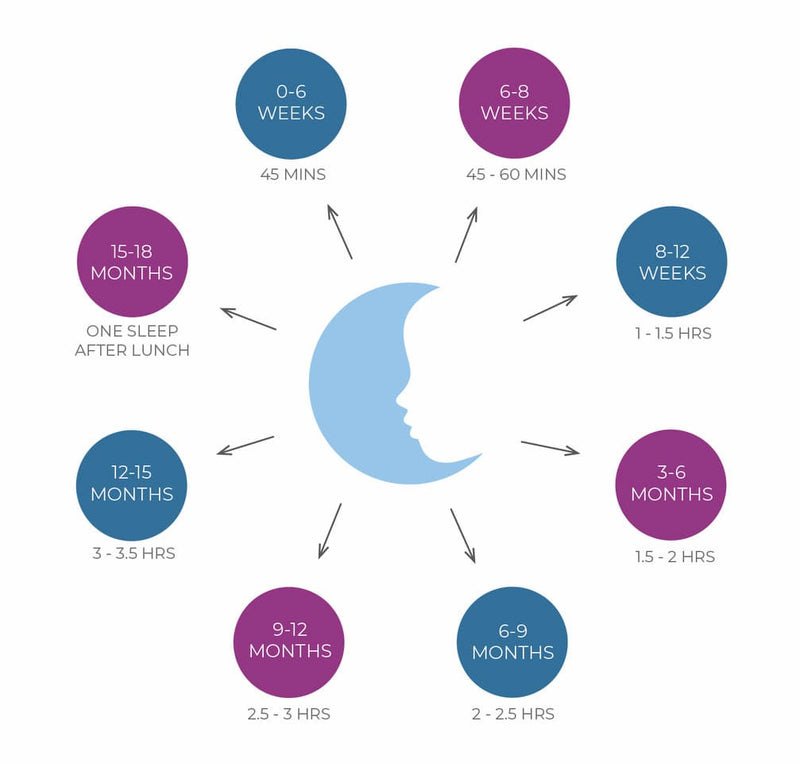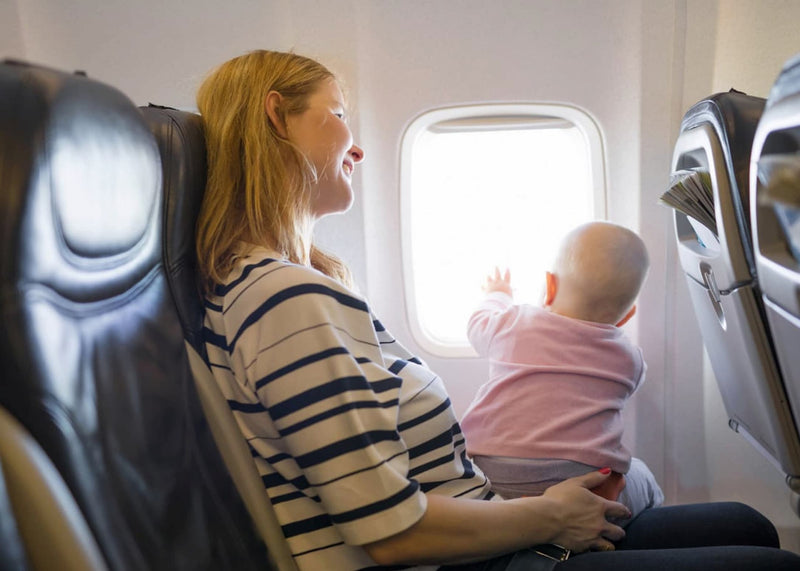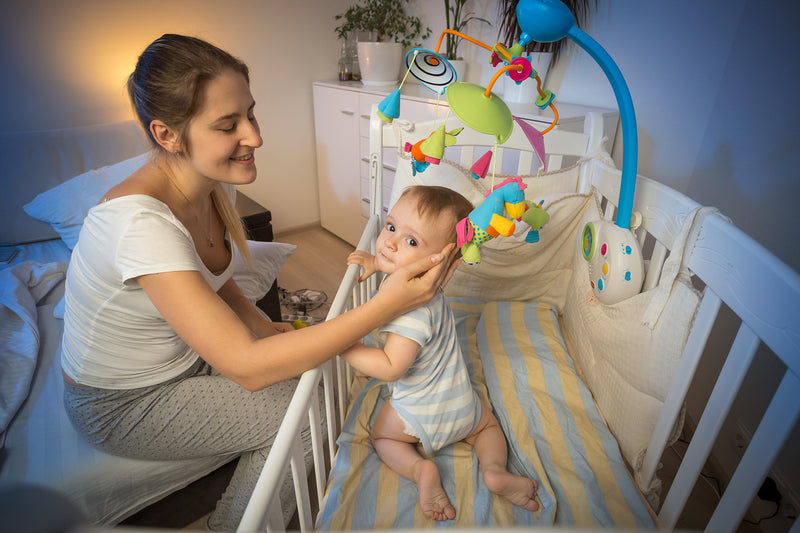
How to sleep train your baby without using Cry It Out..
As a parent, the prospect of sleep training your baby might evoke mixed emotions. While traditional "cry-it-out" methods are one approach, there are alternative methods that emphasize a more gentle and compassionate approach to help your baby develop healthy sleep habits. In this blog, we'll explore effective techniques for sleep training without resorting to the cry-it-out method, ensuring your baby's well-being while promoting restful sleep for the entire family.
Gentle sleep training is built on the principles of responsiveness, comfort, and empathy. It acknowledges your baby's emotional needs while gently guiding them towards independent sleep.
Below is a step-by-step guide to achieve sleep training success without leaving your baby to cry it out:
- Create a Soothing Sleep Environment
Having a primed room environment is vital as in my experience, most sleeping difficulties can be resolved or significantly improved by optimising the environment your baby sleeps in. Start by designing a calm and inviting sleep space. Dim the lights & maintain a comfortable room temperature between 19-22 degrees celsius. The absence of light sends a critical signal to a child's body that it is time to rest, It also triggers the sleepy hormone melatonin so darkness is essential.
Aim to use white noise as white noise plays a key part in optimising your child’s room environment. White noise is very soothing for babies and toddlers and is proven to improve their sleep and lengthen nap times! A consistent sleep environment helps your baby associate certain cues with sleep time.
-
Focus on Naps
Adequate daytime naps can contribute to better nighttime sleep. Encourage regular napping throughout the day to prevent overtiredness.
- Introduce a comforter
A blankie is a unique security object that means "comfort" to your child, this is what your baby turns to in the middle of the night when he or she wakes up, this includes brief moments in between sleep cycles. If a baby is securely attached to their blankie or lovey, instead of crying out and needing mum or dad to comfort them back to sleep, they will find their beloved blankie, snuggle with it, sniff it, rub it on their face and/or suck on it and go back to sleep.
-
Follow Baby's Cues
I encourage parents to use the recommended awake times for their baby's age rather than work on rigid schedules for sleeping, feeding and playing. Pay attention to your baby's cues of tiredness. Yawning, rubbing eyes, or becoming fussy are signs that your baby may be ready for sleep. Responding to these cues can prevent over-tiredness and make falling asleep easier.
-
Ensure your baby has fed well during the day
A full tummy plays a significant role in promoting restful sleep for your little one. Babies who are comfortably full are more likely to enter a deeper sleep state, as their bodies are well-nourished and relaxed. A full tummy can contribute to a sense of physical comfort that supports restful sleep. The importance of ensuring your baby is comfortably full to achieve peaceful sleep cannot be overstated. A well-fed baby is more likely to experience consistent sleep patterns, deeper slumber, and reduced nighttime awakenings.
-
Establish a Consistent Bedtime Routine
Babies love routine as they find comfort and predictability in knowing what comes next. A soothing bedtime routine signals to your baby that it's time to wind down. Include activities like a warm bath, gentle massage, soft lullabies, or reading a bedtime story. Many babies fall asleep on the breast or bottle because they are overtired. A bedtime between 6:30 pm -7:30 pm is ideal for most ages. If you are still finding your child is falling asleep prematurely, try bringing feeding times forward.
-
Practice Gradual Sleep Training
Instead of abruptly transitioning from constant comforting to complete independence, introduce changes gradually. For instance, if your baby is used to being rocked to sleep, start by reducing the intensity of rocking over time.
-
Foster Self-Soothing Techniques
Encourage your baby to develop self-soothing skills by using methods like gentle rocking, patting, or providing a dummy. Aim to put your baby down to sleep drowsy but awake to encourage self-settling. All babies wake overnight, the difference being their reliance on you to get back to sleep, or whether they have the skills to fall back to sleep on their own. These techniques can help your baby feel secure without relying solely on your presence.
-
The Parental Presence Method
This method involves sitting beside your baby's cot as they fall asleep. Over time, gradually move the chair farther away from the cot until your baby is comfortable falling asleep without your immediate presence.
-
Night Wakings
It’s normal for our babies to wake randomly throughout the night even after they have been sleeping through for a few weeks or even months. Once your baby wakes during the night, aim to stall... for 10 minutes if possible. You don’t have to assume that every waking is for hunger, try to offer comfort first, as they may surprise you and go back to sleep
-
Persistency & Consistency is key
Be sure to do the same for day and night sleeps and persist for at least a week. Babies are fast learners and more adaptable than we give them credit for, once given a chance - they may surprise you!
It's important to remember, every baby is unique, and finding the right approach that aligns with your parenting style and your baby's needs is the key to sleep training success without tears.








